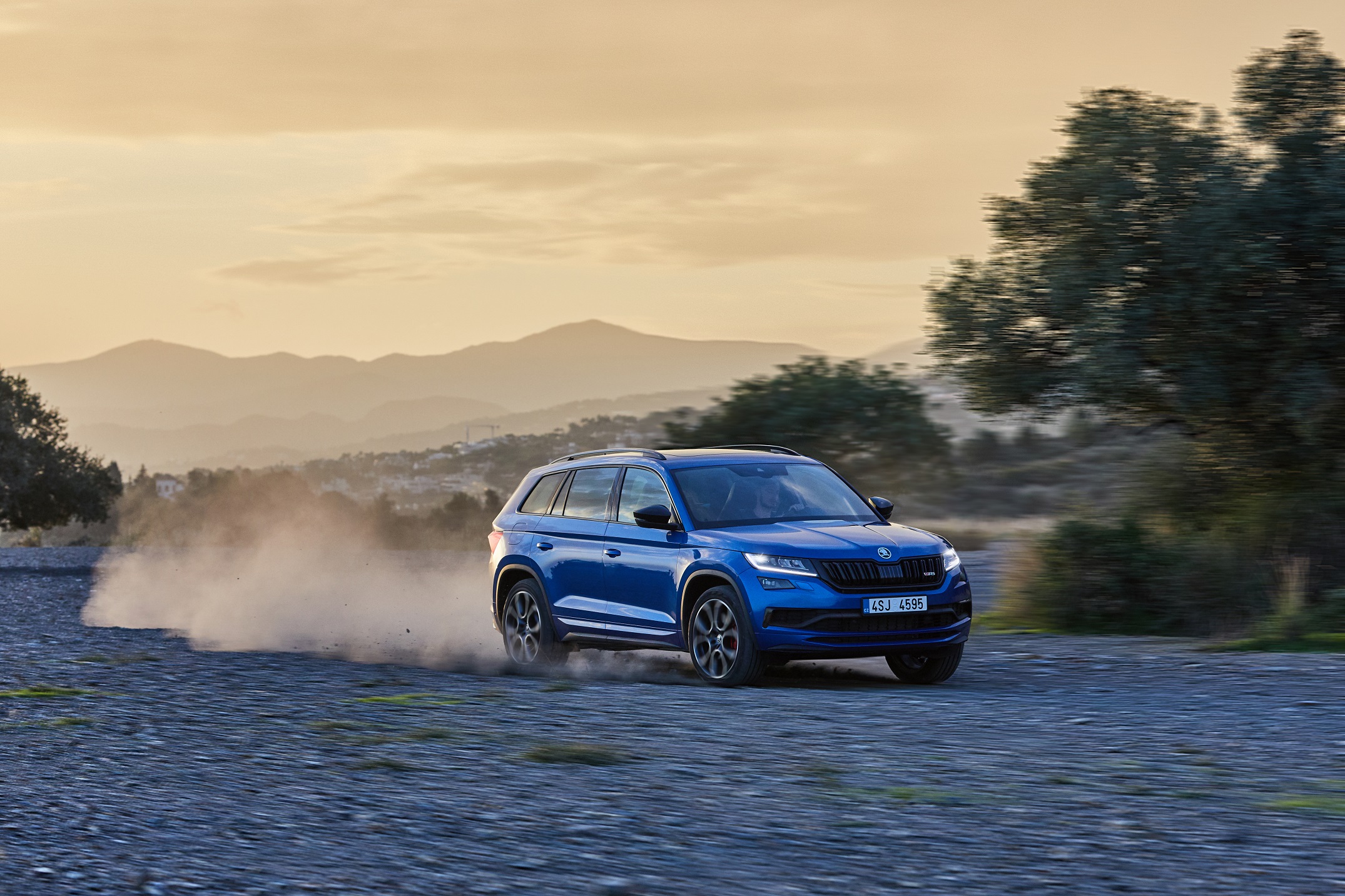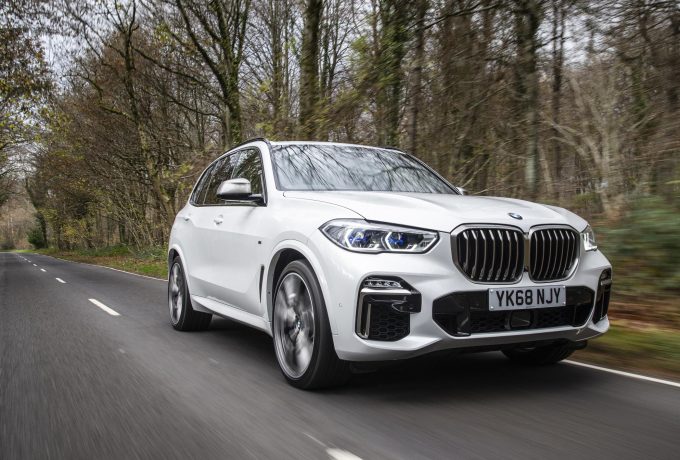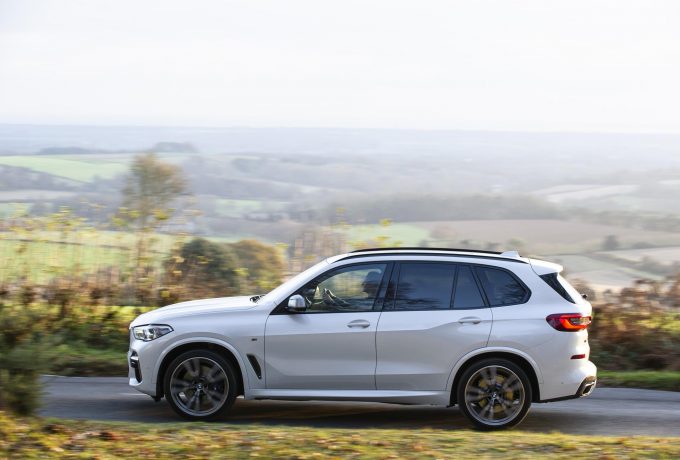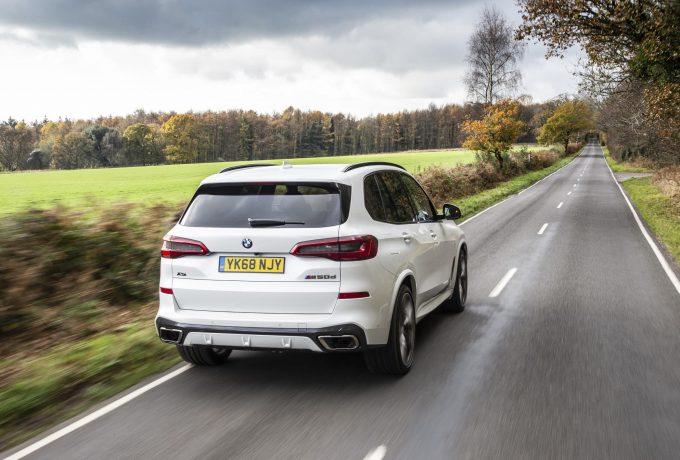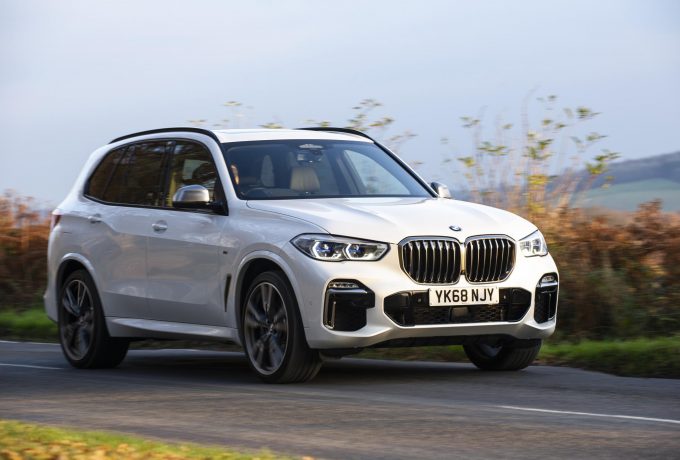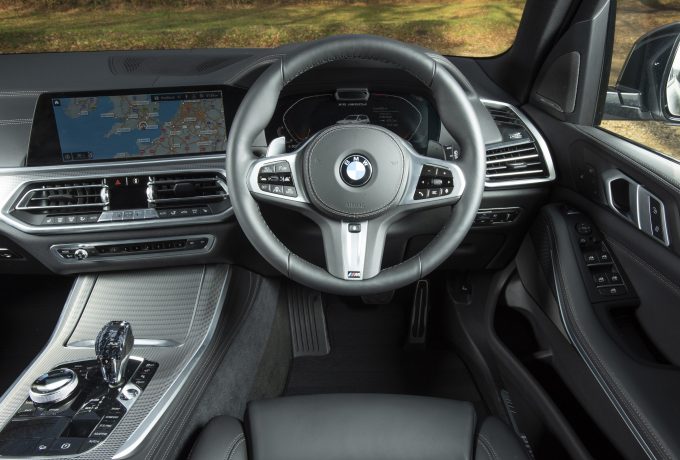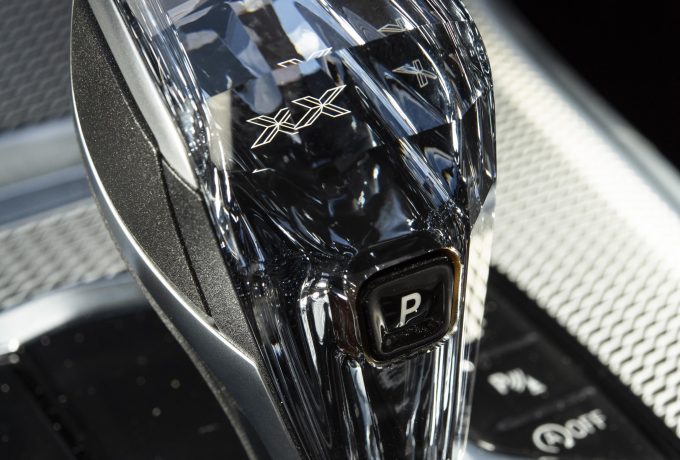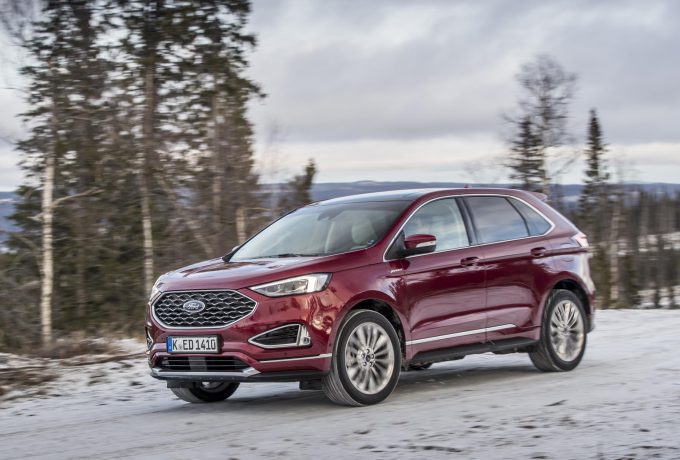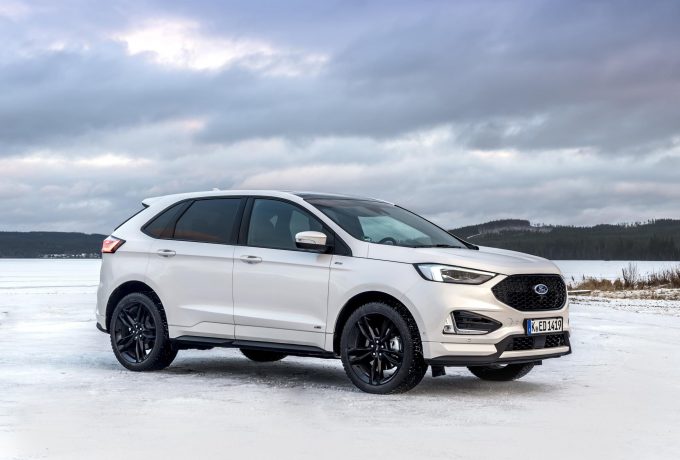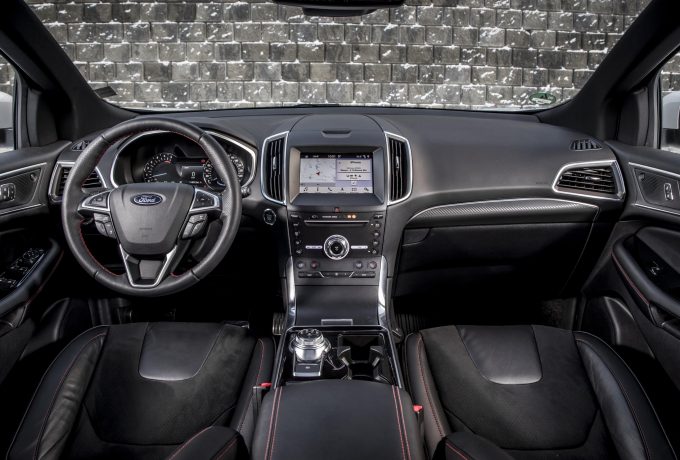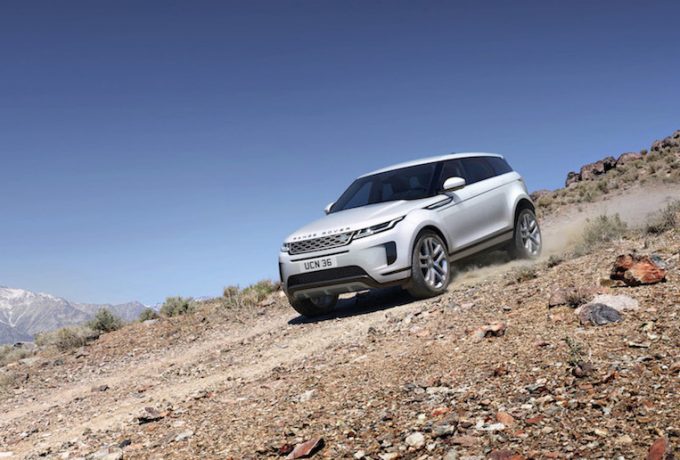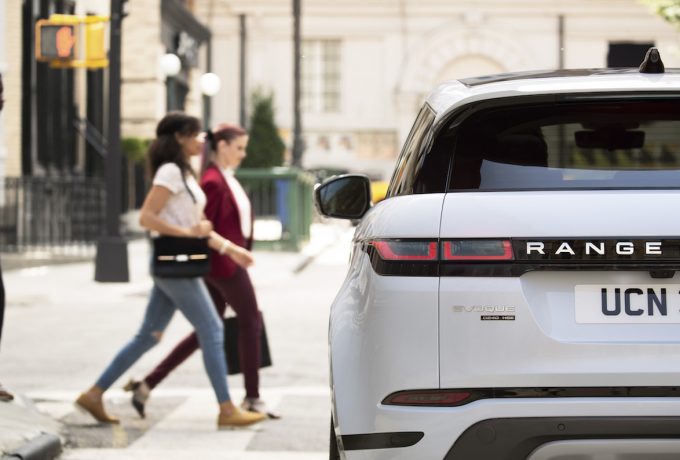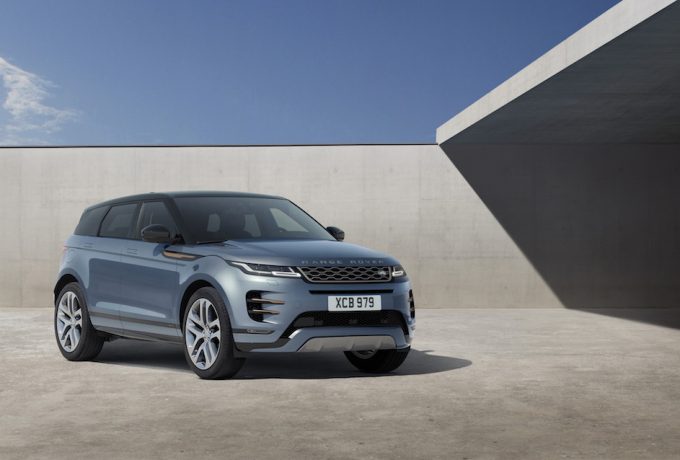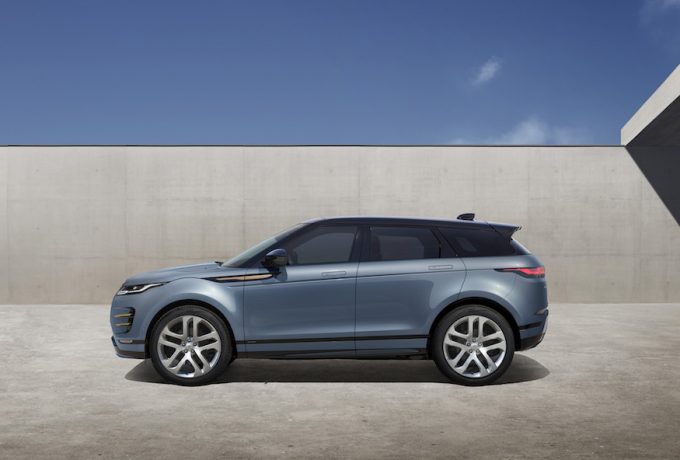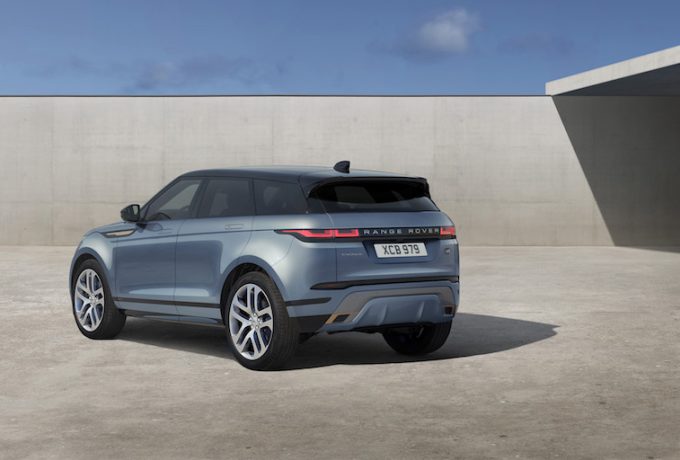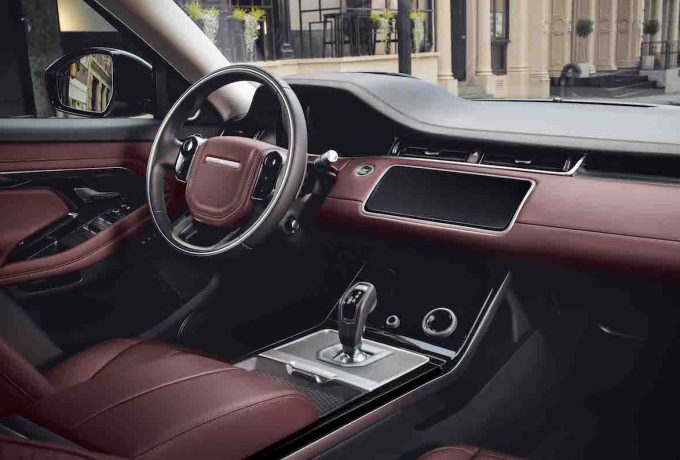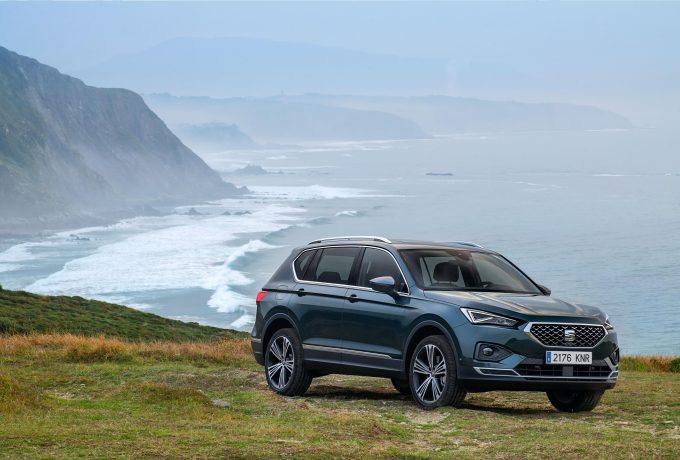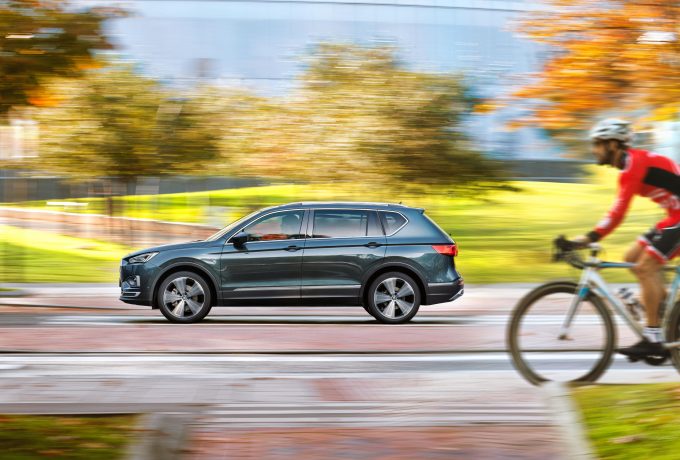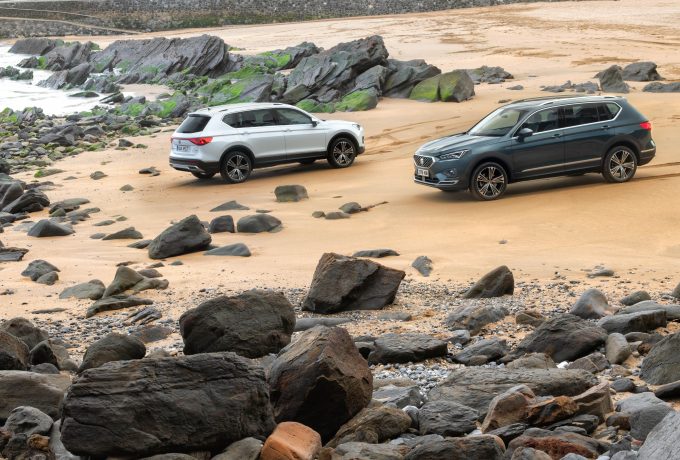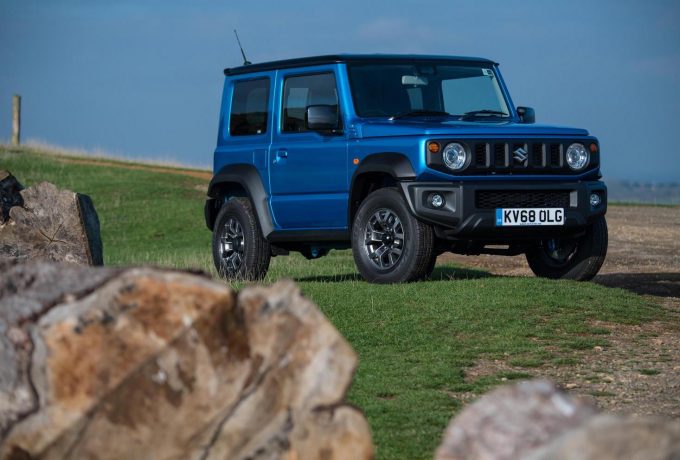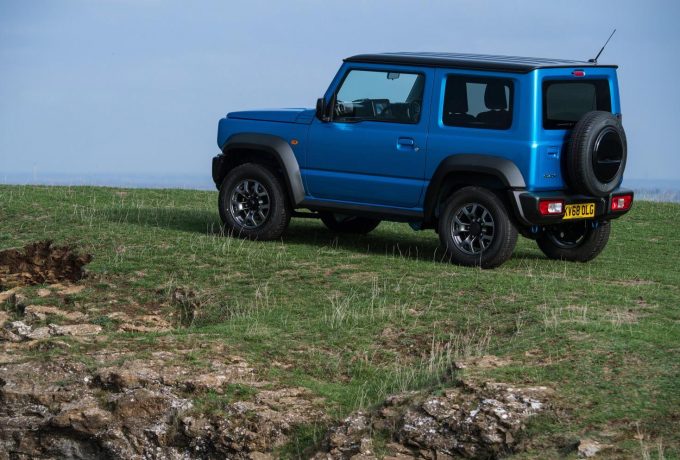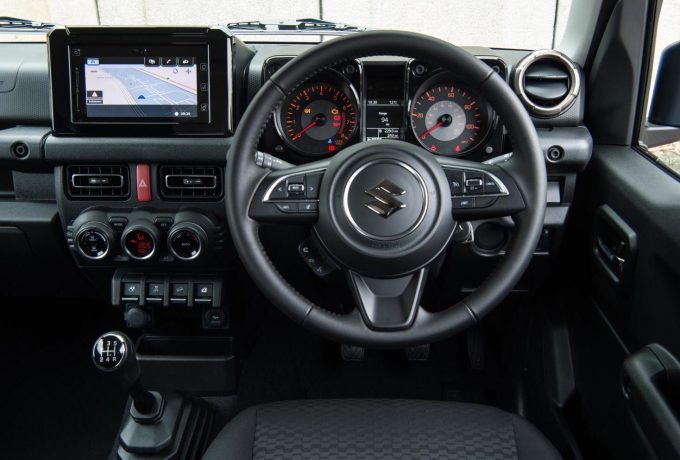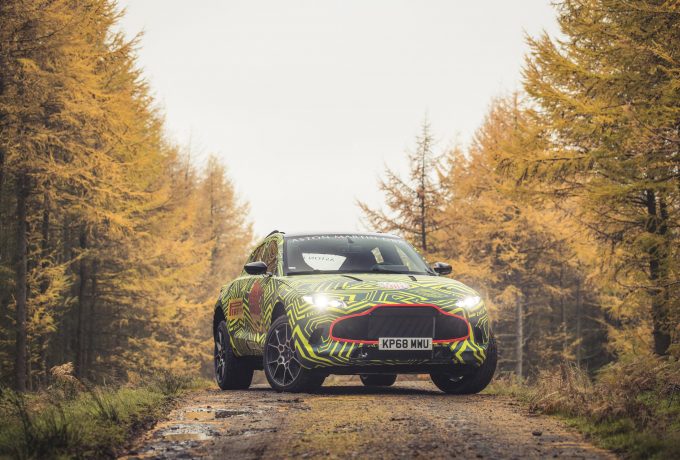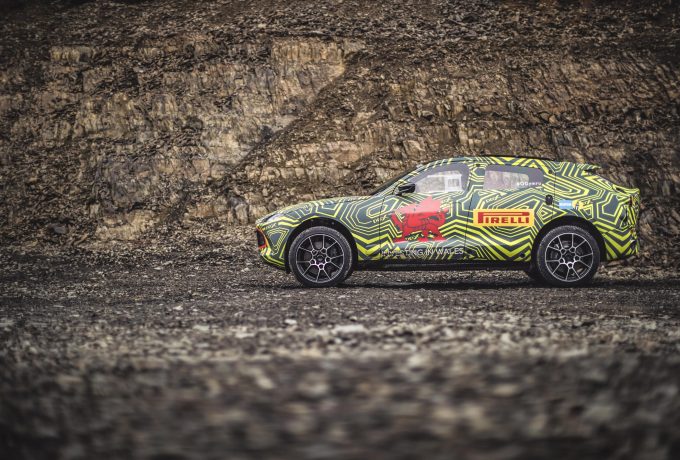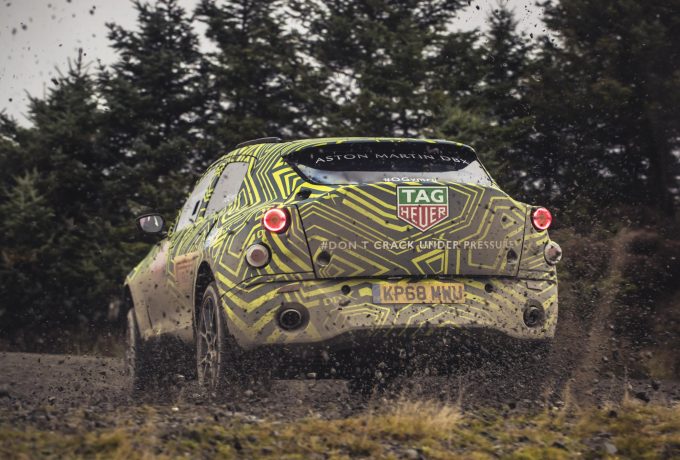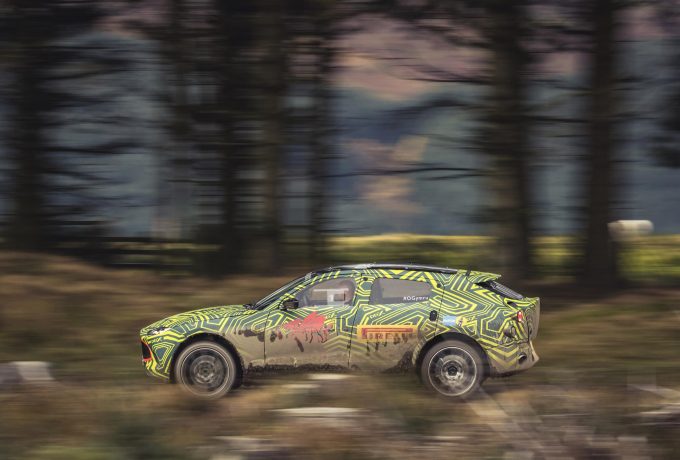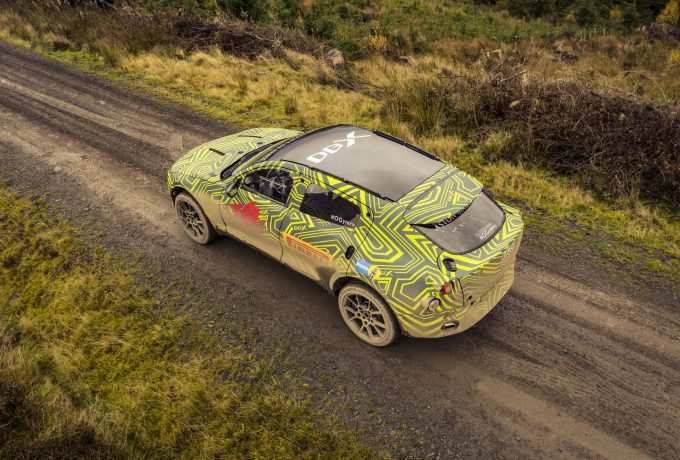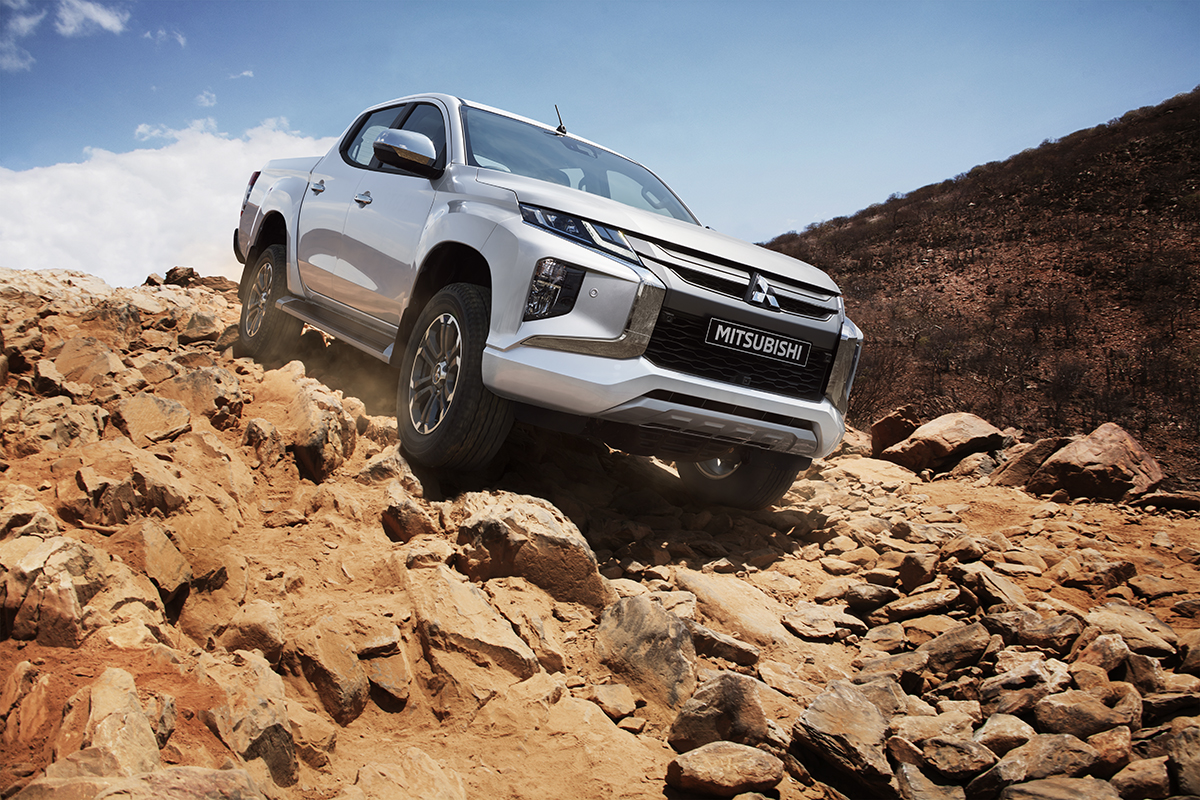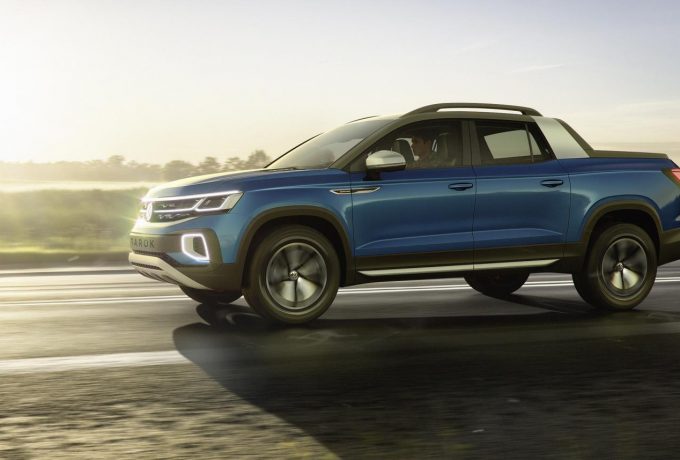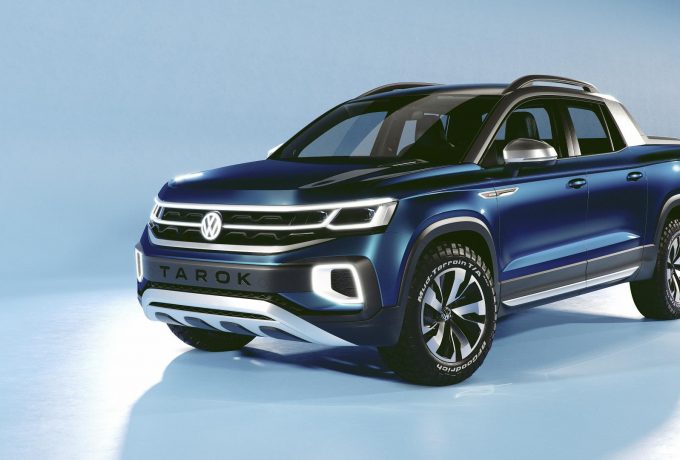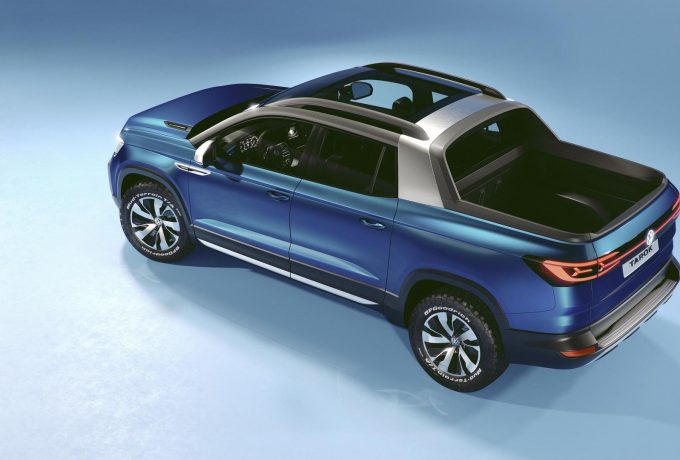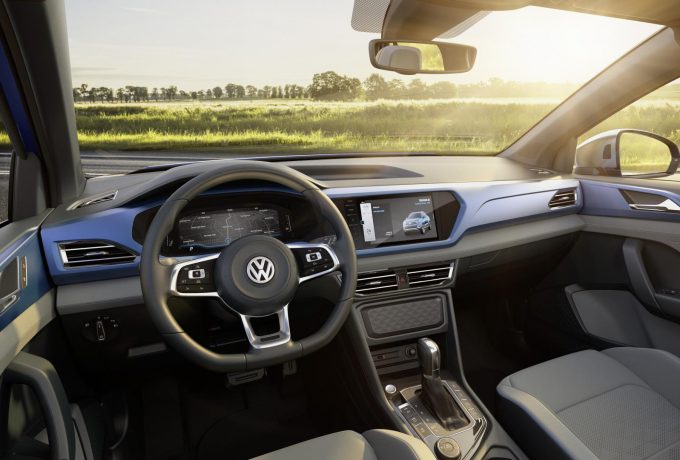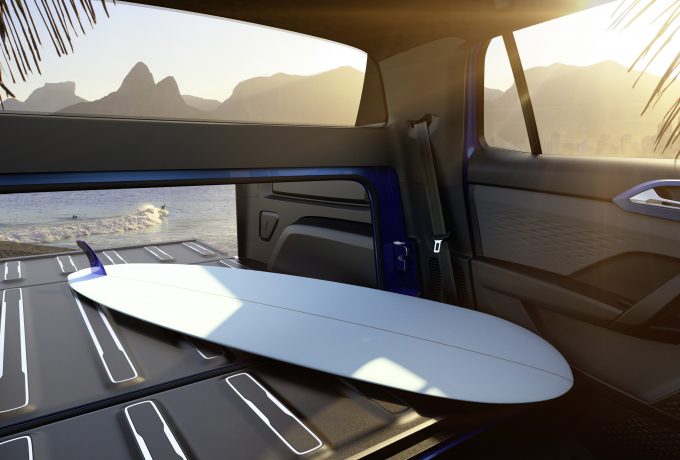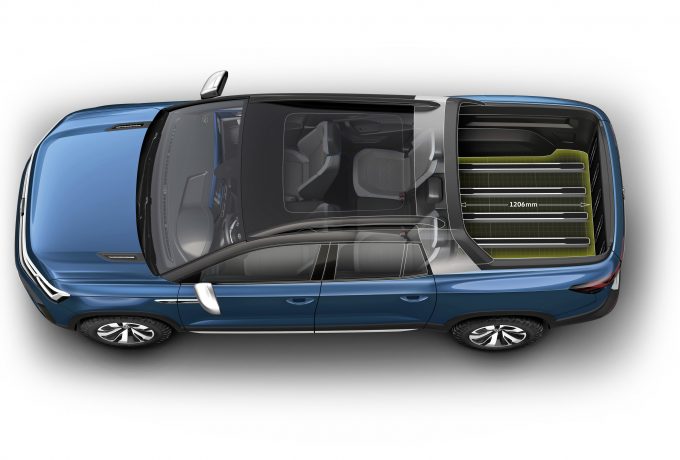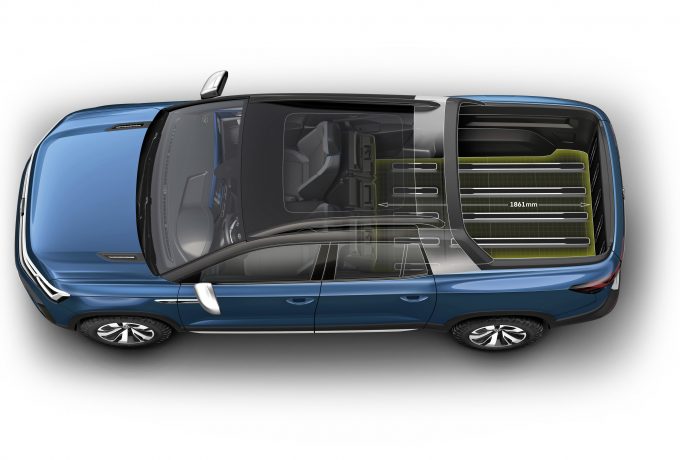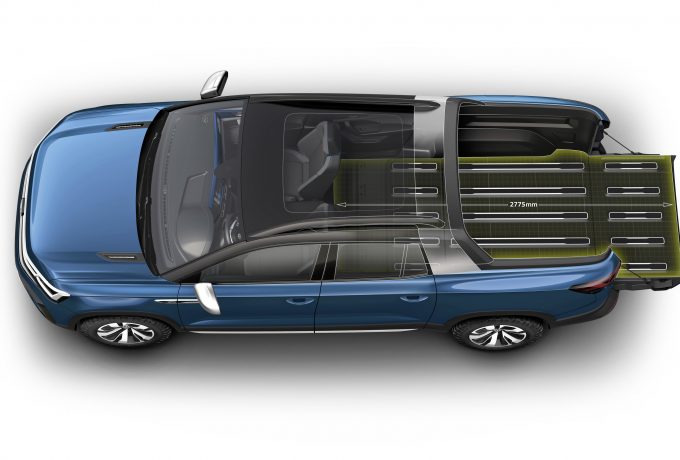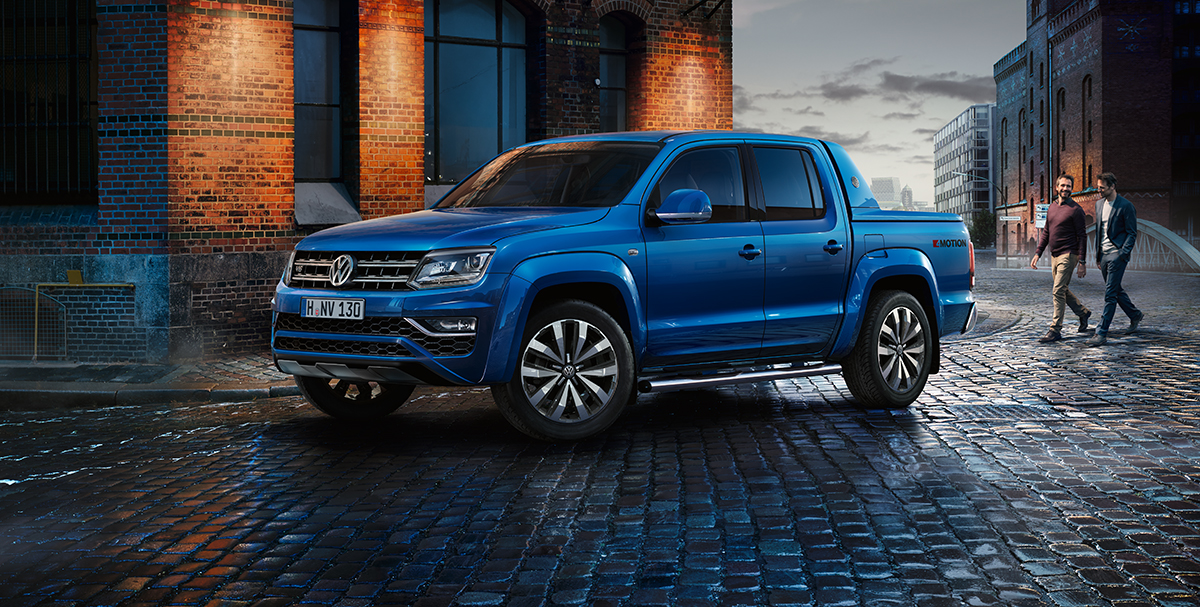With the launch of the new, fourth-generation X5 BMW have released the new X family aesthetic into the world, along with an active chassis system and a new interior.
Sitting larger on the road (36mm longer, 66mm wider, 19mm taller and 42mm longer wheelbase) with separate styling cues for xLine and M Sport models. xLine specification sees aluminium matt bars on the front grille, satin aluminium finish for the roof rails and side window surrounds, with the other exterior trimmings in pearl-effect chrome. M Sport X5’s are supplied with body coloured wheel arch and bumper trim, plus the rear underguard and side skirts, too. Extra large intakes at the front feature too, with the same aluminium matt barred grille. Roof rails, window surrounds and other exterior trimmings are finished in a glossy black hue. The two trims sit on 19″ and 20″ alloys respectively, with M Performance versions wearing 22s as standard – wheels up to this size are available on lesser X5s as options.
A single petrol option will feature alongside a duo of diesel powertrains in the new X5. The X5 M50d will utilise an inline six-cylinder diesel with four-turbos – two low and two high-pressure. The 3.0-litre unit utilises both low-pressure turbos and one high-pressure at all times, with the remainder coming into play at 2,500rpm and above. The full figures quoted for the power unit are 0-62mph in 5.2 seconds, combined fuel consumption of 41.5mpg, 400bhp and 561lbf.ft – potent, you could say.
The unit in the xDrive40i enlists a 3.0-litre petrol six-pot that makes do with a mere pair of turbochargers achieving 340bhp, 332lbf.ft, 5.5-seconds to 62mph and 33.2mpg on a combined cycle. Under the hood of xDrive30d is another straight-six (diesel) with a solitary turbo producing 265bhp, 457lbf.ft, a 0-62 time of 5.2-seconds and achieving 47.1mpg.
Traction – on xDrive models – is managed by the latest version of the BMW all-wheel drive system, which can now shares the power between the front and rear axles with greater precision than before. A rear-biased approach is available for spirited driving, and the rear diff-lock can enhance this for even sportier characteristics – although it is only standard on the M Performance variants.
The new X5 sits on a new chassis, which comprises of a double wishbone front axles and a five-link rear axle. This works in conjunction with dynamic damper control that electronically adjusts the handling to offer the best performance and the highest ride comfort. Air suspension is standard on both the xDrive30d and xDrive40i models, which monitors each wheel individually, and can counteract things such as uneven loading of the boot. Adaptive M suspension Professional comes with M Performance models, with active vehicle stabilisation integral active steering which aids the SUVs agility.
Inside, the instrument cluster is entirely digital, mirroring the graphics of the centre console. Drivers will also notice the newly designed, crystalesque gear selector. The control panel has also been redefined. Vernasca leather drapes the sports seating, which is electronically adjustable and heated as standard. Seat ventilation is added with the comfort packages on offer.
Much like the turbochargers, you can choose to have four different climate zones. As out of this world as that seems, you can also fit a panoramic roof with 15,000 graphics patterns that actively simulate the stars in the night sky. Neat, right?
On the topic of needless (but really cool) excess, the ambient air package ionises the air and infuses the interior with a choice of eight selectable parfums.
For those impossible to please, adolescent passengers in the back, there’s a Bowers & Wilkins Diamond surround sound system featuring 20 speakers, which when combined with the rear entertainment package adds 10.2-inch 1080p HD touchscreens with a blu-ray compatible DVD player, two USB ports, an HDMI socket and a pair of headphone jacks.
Part three of the ‘I want that but bet it’s an expensive option’ section is the heated and cooled cupholders in the centre console – thus ensuring that your bovril is hot and your champagne is oh so cooled.
As with any new vehicle, the X5 features plenty of safety tech, such as lane change warning, rear cross-traffic alert, rear-end collision warning and speed limit information that even includes whether overtakes are allowed.
Parking assistance is also available on the X5, requiring the drivers to operate the accelerator and brake alone, with the Beemer taking control of the steering input. Parking cameras are also available.
Prices for the new X5 begins at £57,495 and it is on sale now.

